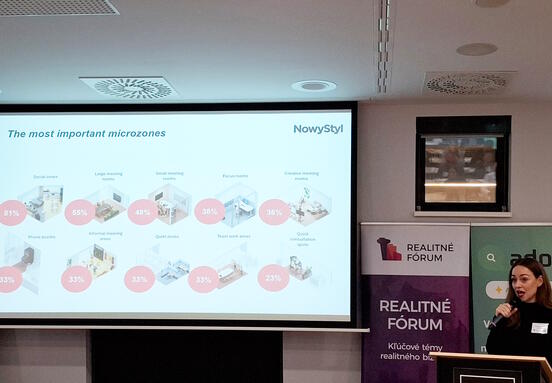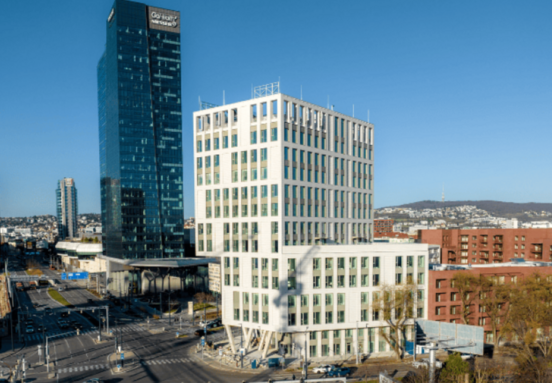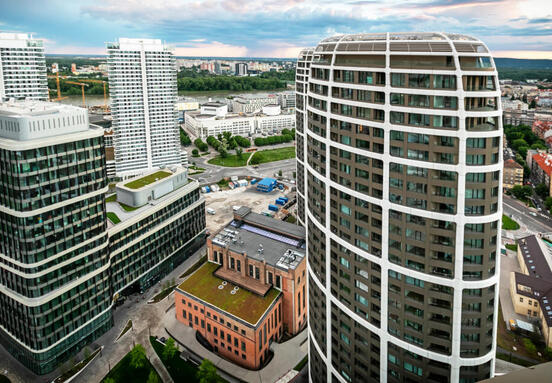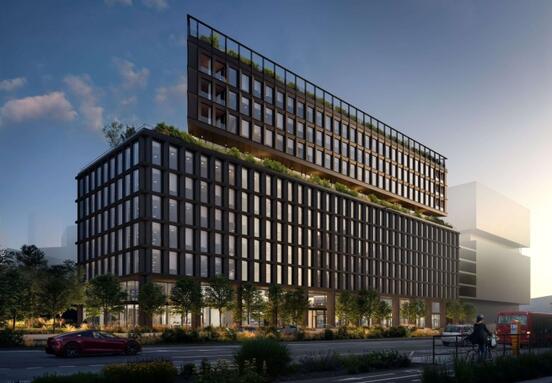INVESTMENTS IN OFFICES IN CENTRAL AND EASTERN EUROPE FOR THE 1ST HALF OF 2023
Total investment volumes for CEE-6 reached approximately 2 billion euros in the first half of 2023, which represents a decrease of approximately 65% per year. This decline is in line with the current trend observed outside Europe and around the world. Given the prevailing market conditions, the cost of debt and the ongoing price discovery period, it was difficult to predict activity in the investment market for this year. Although we estimate that the annual investment volume could reach around 4 billion euros on the current trend, this would still be significantly less than the 10-year regional average of 11 billion euros and one of the lowest results since 2012.
Silviu Pop, research director for CEE and Romania, explains: “The role and scope of offices is currently a hot topic in the world, as the way people work has changed significantly in the post-pandemic era. From geopolitical changes to the rise of the telecommuting trend, it is clear that we will not return to the situation before 2020. But while such questions lead to difficult answers for owners in most developed markets, the CEE region is at a completely different point in its development. Per inhabitant even in developed cities and the largest office markets (such as Warsaw, Budapest, Prague and Bucharest) in the region, the fund per inhabitant is 2-3 times smaller than in some Western European capitals. In addition, most of the interesting growth stories of the last decade have taken place in this area of Europe.”
CONSEQUENCES OF GEOPOLITICAL EVENTS
“The Russian invasion of Ukraine has resulted in higher energy costs, fuel and food prices, and caused an overall cost of living crisis, among other things. After ten years of very cheap money and unprecedented growth in the real estate industry, interest rates at the end of September 2023 reached levels not seen in the last two decades. Although this appears to be having some effect on the gradual decline in inflation rates, high inflation still persists and has the additional impact of a challenging economic backdrop for businesses. Although rates are expected to start falling in 2024, many believe that expecting them to return to the same levels of the last decade seems too optimistic,” adds Silviu.
AMOUNT OF REFINANCE
Although many expect rates to start falling in 2024, major central banks are leaving the door open for future rate hikes if inflation picks up again. Higher interest rates naturally make loans more expensive, and it is more difficult to meet the current price expectations of sellers. This is also why loan refinancing is very important for the business models of the current owners. In fact, instead of the "wall of capital" that has been discussed in recent years, we are now facing a "wall of refinancing" and estimates suggest that the number of such actions is not small.
INFLUENCE OF ESG ON PRICE FORMATION
With increased pressure on the real estate and finance industry to comply with European ESG regulations, there may be further implications for pricing. Although CEE has a relatively young and largely certified green fund, it is anticipated that as regulations and costs increase, additional capital expenditure will be required to meet the required standards. ESG requirements will also increase from tenants, who must also report on their carbon footprint.

Illustration photo: Colliers
Michal Hoško, director of services for tenants of administrative premises at Colliers in Slovakia, explains: "Green buildings are preferred both from the point of view of ESG requirements and from the point of view of saving energy costs. The design of buildings will continue to be directed in this spirit and the level of green technologies will increase. Green technologies have a significant impact on operating costs. The difference between the costs of older buildings and the costs of A+ buildings is sometimes up to 30%."
TECHNOLOGY IN REAL ESTATE SERVICES
Dominika Jędrak, director of research and advisory services at Colliers, comments: “Technology has the potential to significantly impact aging office buildings in maturing office markets. With rapid technological advances in smart buildings, these older properties can be revived and updated to modern standards without the need for extensive renovations. In office real estate markets, technology can also improve the user experience in these aging buildings. Building tenants can benefit from modern access control systems, personalized climate control and intelligent lighting, making the work environment more comfortable and adaptable to individual needs”.







